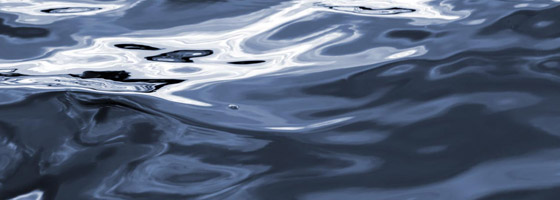Building an environmental monitoring network with sensorBUS

Overview
Developed to replace, expand, and enhance centralized parallel wiring for prevailing analog and SDI-12 signal transmissions, sensorBUS technology simplifies the creation of an environmental monitoring network by combining several popular sensor interface types on a single 8-wire bus.
sensorBUS is mainly used at the field level with interfacing capabilities to smart sensors that incorporate 1-wire temp string, RS-485 multi-drop, or SDI-12 hardware/software connection; thus providing a convenient solution for linking multiple sensors using open, standardized technologies.
The benefits of incorporating this technology in environmental monitoring projects are significant. sensorBUS can provide the optimal solution by:
- Saving time and money during planning, installation, commissioning, operation, and maintenance
- Requiring much less space, fewer components, and greatly simplified sensor connections
- Providing freedom to stay with favorite sensor vendors or select products from new vendors
- Empowering environmental technologists with a totally new sense of involvement through a plug-and-play system design that does not require the support of an electronic engineering or computer technology company
- Utilizing an open communications standard, an extensive range of compliant products, and unified technology including reusable sensor drivers
sensorBUS Hardware Architecture
sensorBUS includes three industry standard digital interfaces (1-wire temp string, RS-485 multi-drop, and SDI-12) along with both 12VDC and 5VDC power.
1-wire temp string is a multi-point communications network capable of supporting 128 temperature measurement nodes (sensors) over a distance of 200 meters. Data is transmitted and received on a single wire. 1-wire temp string communication is between master (data logger) and slaves (smart sensors) communicating at 9600 baud.
RS-485 is a multi-point communications network capable of supporting hundreds of nodes (sensors) over a few thousand feet. The balanced 2-wire system is constructed with a twisted pair of conductors surrounded by a shield. RS-485 communication is between master (data logger) and slaves (smart sensors) communicating at 1200 to 57,600 baud.
SDI-12 is a serial data interface capable of supporting up to 10 sensors. The 3-wire system includes 12VDC, Ground and SDI data signals. SDI-12 communication is between master (data logger) and slaves (smart sensors) communicating at 1200 baud.
Cables & Connectors
The field rugged, watertight connector/ cable system is designed for harsh environment and submersible (fresh, brackish, or salt water) applications. The cable is constructed of (8) 22 AWG wires, including a shielded twisted pair for RS-485 signals, an overall shield, and a heavy wall, UV-stabilized polyurethane jacket. Connectorized cable ends include a flexible strain-relief and either a plug or receptacle fitting.
Double o-rings (both gland and face seals) ensure a reliable and water-tight connection. Mated connectors are rated at 200 meters of submersion. Cables are interchangeable and can be connected in series to extend lengths as needed. A complete set of accessories are available for termination, junction, and signal splitting.
Constructing a Multi-Point Temperature String
sensorBUS simplifies the design, setup, and operation of multi-point temperature strings. First, determine the number of temperature points and spacing. Then, connect temperature nodes and cable together, connecting the top cable to the data logger sensorBUS port. Temperature strings can be suspended from data buoys or connected to bottom-deployed data loggers and suspended by subsurface floats in the water column. Use SDI-12 or RS-485 communications to add multi-parameter sondes, Doppler current meters, and other submersible measurement sensors. A multitude of data telemetry options (Ethernet, Phone line, Spread Spectrum Radio, RS232, and Cellular) are available, as well as data-to-website capabilities.
Please visit www.NexSens.com for complete information or call 888.426.2151 to have a NexSens applications engineer configure a system for your next project.






0 comments